
Celebrating Citizen Science Day
Profiles of Excellence
At CitSci.org, we are inspired by the work volunteers do for their projects! In honor of National Citizen Science Day this past Saturday, April 14 and Citizen Science Days April 14-May 14 we at CitSci.org would like to take this opportunity to share some inspirational stories from people (like yourselves) that are dedicated volunteers who have become some of our top data collectors. Congratulations to these amazing volunteers who have some of the highest numbers of observations submitted across all CitSci.org citizen scientists!
Take a look at other CitSci.org blogs here.
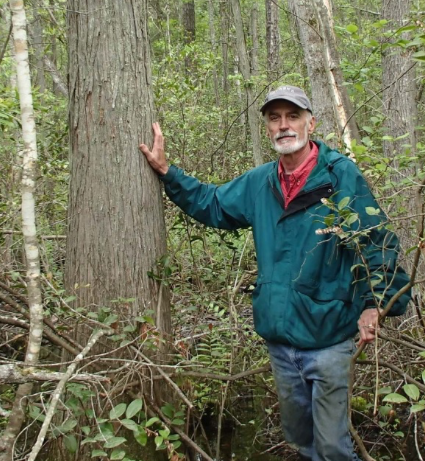 John Bunch – Vernal Pools Project
John Bunch – Vernal Pools Project
John has been collecting data for the Vernal Pools Project on CitSci.org since 2014. His involvement in citizen science began through a Virginia state-wide salamander breeding project sponsored by the Virginia Master Naturalist Program, which he has been a part of since 2010. He’s been part of other citizen science projects not on CitSci.org as well, including RareQuest; a program that helps gather data on rare species in the local area and John says being involved in this search has been the most rewarding. His motivation for citizen science stems from his curiosity about nature and his desire to contribute to science with his observations. To John, citizen science means you can be a part of helping better understand the world around us, no matter who you are. The impact of citizen science helps us gain information so that we can make informed decisions on our actions which is especially important these days since humankind is having adverse effects on the environment around us.
– – – – –
Carol Nix- Trout Unlimited, West Virginia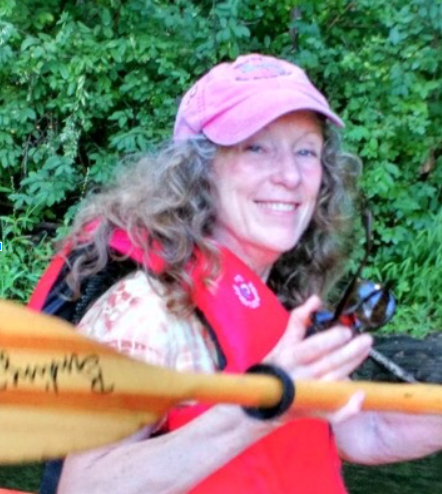
Carol got involved in citizen science through Trout Unlimited after she retired and started looking for volunteer opportunities in her community. At the time she was involved in a local watershed organization as a water monitor and her experience there drew her to Trout Unlimited. Her favorite citizen science project so far is monitoring the stream that lies on her property, collecting specimens for Butterfly Atlas, WV and collecting milkweed insects for researchers in VA. She believes in the power of citizen science because “I think we all have a responsibility to help protect our environment. Doing citizen science is definitely educational, and it’s a good excuse to get outdoors, get some exercise, and entertain the dog”. Finally, she believes that “scientific inquiry is vital, and never more so than today. But research takes funding, and volunteers can help stretch the budget, that’s the hope”. Keep it up, Carol!
– – – – –
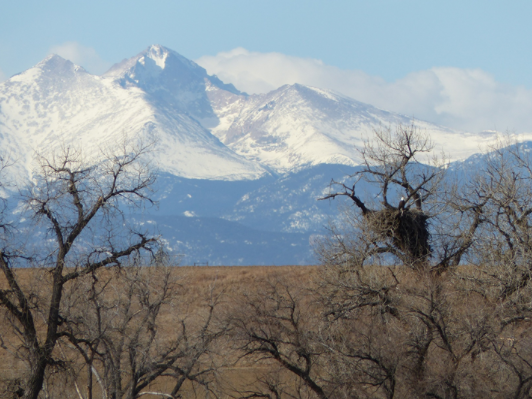 Bruce Snyder- Bird Conservancy of the Rockies, Bald Eagle Watch Program, Colorado
Bruce Snyder- Bird Conservancy of the Rockies, Bald Eagle Watch Program, Colorado
Bruce began monitoring bald eagle nests after discovering an active bald eagle nest on a golf course near Golden, Colorado. His lifelong interest in raptor ecology nicely meshed with his newfound interest in determining factors contributing to why a bald eagle would nest on an active golf course. He has collected data since 2012 for Bald Eagle Watch, a program supported by the Bird Conservancy of the Rockies whose goal is to enhance knowledge of bald eagles in Colorado and work with the Colorado Parks and Wildlife and the United States Fish and Wildlife Service to improve eagle populations and management plans. Bruce says his observations and those of his team members have “challenged many conventional thoughts regarding tolerances of nesting bald eagles to human activities and habitat requirements”. His curiosity and interest in eaglets throughout various weather conditions motivates his citizen science research as well as his desire to make a positive contribution toward the conservation of raptors and the ecosystems in which they live. To Bruce, citizen science helps state, federal and local conservation agencies and organizations obtain valuable and timely information that would otherwise be unavailable to support their management actions since they may be strapped for personnel and money. Bruce is willing and able to provide voluntary support to their missions by doing something that interests him.
– – – – –
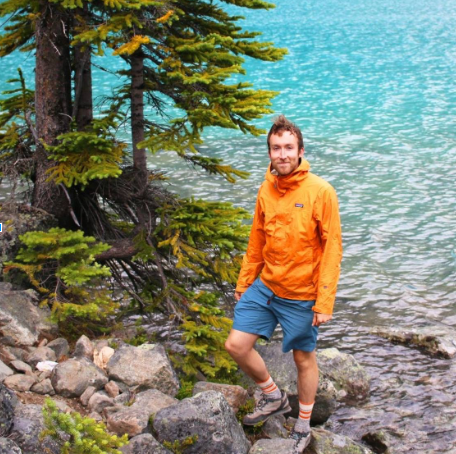
John Hammond- Stream Tracker
John is a Snow Hydrology Ph.D. student at Colorado State University, where he is studying threshold hydrologic change across the intermittent-persistent snow transition of the western U.S. (more information here). He has been working with the Stream Tracker project visiting sites wherever he goes, “through adding these sites, I hope that others may able to go to these same spots to report current conditions when I am not able to, to gain a fuller network of observations that could be measured by a single person.” To John, citizen science means “engagement with the places we live and visit. Taking a measurement while in your backyard, at a local green area, or on a hike can encourage you to slow down, think more about what’s going on around you, and serve as an entry point to a broader dialogue about a specific issue or place”.
– – – – –
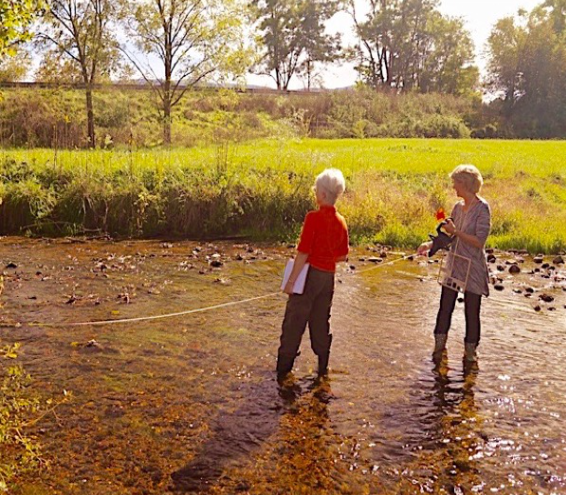 Lynne Euse- Trout Unlimited
Lynne Euse- Trout Unlimited
Lynne works with Trout Unlimited to monitor the impact of construction of the Atlantic Coast Pipeline (ACP), should that happen, on local waters including Black Creek and the South River. Lynne got involved in citizen science when in the summer of 2016 Wild Virginia was looking for water monitoring volunteers. She says, “I’m a retired widow, have a computer, and am a detail-oriented lover of the outdoors, so being the person on our team to compile and submit data to CitSci.org came naturally. As a local hiker and former Appalachian Trail section hiker/backpacker, I know first hand the importance of good water sources, both along a trail and in our communities. The ACP is threatening that and I need to be involved. She says “being a part of CitSci.org is giving me a way to help protect our environment and work with others who love and want to protect our water, air, and land”.
– – – – –
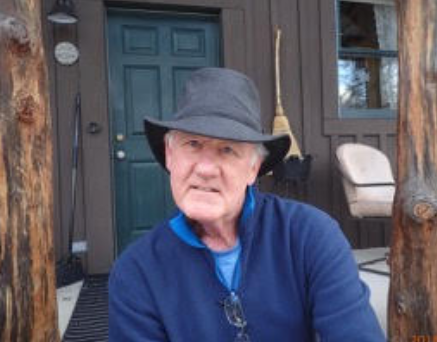 Thomas Epling- Trout Unlimited and West Virginia Rivers Coalition
Thomas Epling- Trout Unlimited and West Virginia Rivers Coalition
Thomas is a stream monitoring volunteer for Trout Unlimited and for West Virginia Rivers Coalition. He is currently monitoring six West Virginia trout streams. Thomas is involved in stream monitoring because “my community is being impacted by the construction of the Atlantic Coast Pipeline (ACP). This 44-inch diameter pipeline, with 1,440 pounds of pressure per square inch, will pass within 1.4 miles of my residence. It will cause permanent changes to the landscape and to the wildlife habitat in this area. I hope to be part of an effort to make sure that this project minimizes its impact on the environment”. He says, “citizen science and the CitSci.org website have provided my sponsoring organizations with a tool for analyzing stream data so that any abrupt changes in stream conditions might trigger an investigation into potential environmental impacts from pipeline construction and from shale gas development in West Virginia”.
– – – – –
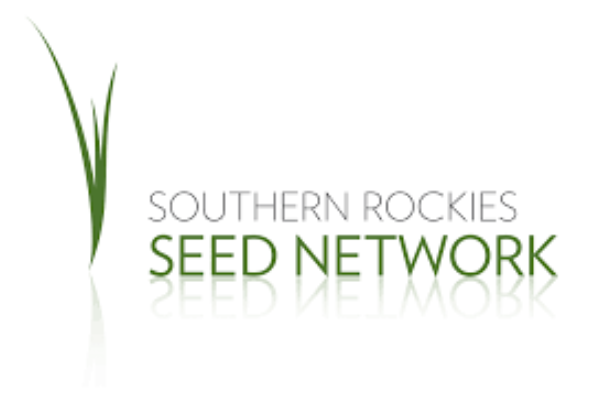 John Giordane and the Southern Rockies Seed Network Volunteers
John Giordane and the Southern Rockies Seed Network Volunteers
John and his staff and volunteers at the Southern Rockies Seed Network are involved in documenting remnant populations of native ecotypic plants. John got involved in citizen science through the creator of CitSci.org, Greg Newman, who John went to graduate school with. John says CitSci.org was the “obvious great choice for tracking the data we need” and that he chose CitSci.org because it “seems to be the best online resource out there for allowing multiple people to track our data on ecotypic plant materials”. He and his staff and volunteers are motivated to do citizen science because they see the impact they can have collectively on obtaining a greater understanding of our planet. The Southern Rockies Seed Network interprets citizen science as “public participation in gathering and tracking data on those elements that are most important to us, and by extension, we collectively contribute to a better understanding of the world we live in”.
– – – – –
Like this Blog?
Check out other CitSci.org Blogs on topics like; the StreamTracker Project, Writing Hypotheses, and Developing Effective Research Questions with more topics relevant to citizen scientists coming every month!
To all who volunteer like John B, Carol, Bruce, John H., Lynne, Thomas and John G. – Keep up the excellent work and thank you for your dedication to grassroots science!
The CitSci Team